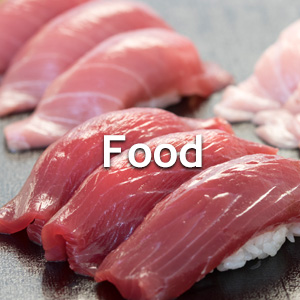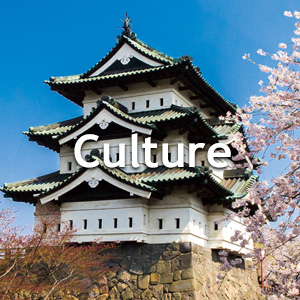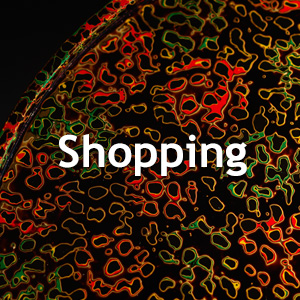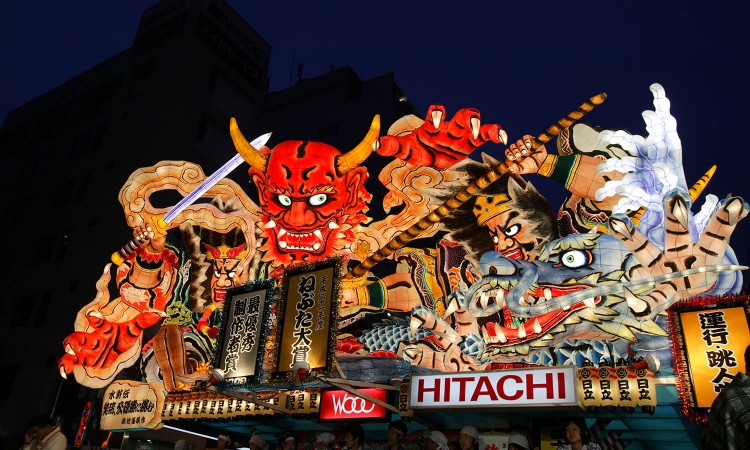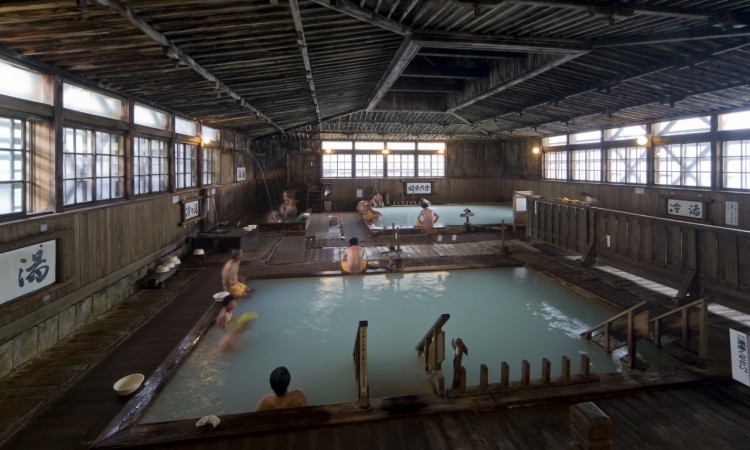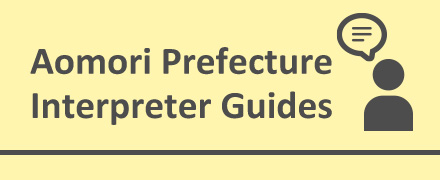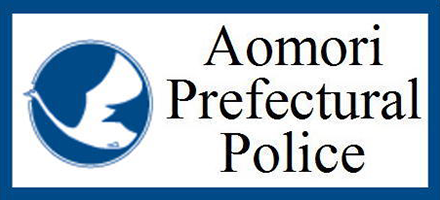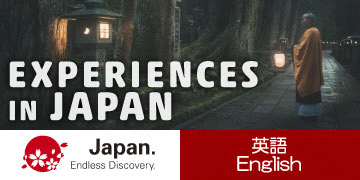Aomori’s climate that gives birth of various art.
A trip to approach the essence of Aomori’s art.
The Art Museum that you want to visit again and again.

In Aomori Prefecture many artists, such as Shiko Munakata, a woodblock artist, Shuji Terayama, a dramatist and poet, Yoshitomo Nara, an artist, are appeared one after another. There is the museum in Aomori, which has been attracting people from all over Japan since it’ s opening in 2006.
“Aomori Museum of Art” is located on next to “Sannai-Maruyama Site”, a Japan’s largest ruins of Jomon period that can access in approximately 10 minutes by car from Tohoku Shinkansen, Shin-Aomori Station. The museum is impressive building with its stylish form and white colored exterior wall as if snow wall. Jun Aoki, an architect who works on Luis Vuitton shops, designed inspired from excavation area of the Sannai-Maruyama Site, and the architecture stands beautifully like an art itself.
“Towada Art Center” was opened in 2008 with its concept of new experience through the arts. The museum located on the main street “Kanchogaidori” in Towada City, and transforming the street into a museum, it displayed a variety of artworks along the street at outdoor space. At the front garden, “Flower Horse” decorated with colorful flowers on its body will welcome the visitors. It is a work by a representative Korean artist, Jeong Hwa Choi, and is a monument related to history of Towada City as one of horse production region.
“Aomori Contemporary Art Center (ACAC), Aomori Public University” is a facility that activity is centered the Artist in Residence, which invites artists to stay for a certain period of time to conduct creative activities. The exchange between the artists both domestic and abroad and locals give a birth of new culture into the region.
New breath to traditional crafts
Pop and cute items

All crafts such as brilliant coloring Nebuta floats that flow in the night sky, beautiful decoration of Eboshi for Hachinohe Enburi and embroidery are given birth from high sense of beauty and energy of local people. Because Aomori’s closed winter is long, various handicrafts have been born. Tsugaru Nuri Lacquerware, Tsugaru Embroidery, Nanbu Embroidery, Tsugru Kokeshi Doll and Yawata-uma, which have been created for local life and been recognized representative traditional crafts, cannot be ignored with brightness.
Furthermore, currently the items arranged to modern style mixing with traditional crafts. Such as accessories with a embroidery motif, cute Yawata-uma, pop Kokeshi Doll; they are good for souvenir that suits for modern life. There are hands-on lessons that can easily enjoy in short time even for beginners.
Mixing old and new arts and sending out a new charm.
“Hachinohe Portal Museum hacchi”

“Factory Art” is recently drawing attention in Hachinohe City where has “hacchi”, which is activity to enjoy the scenery of factory that are different for industries like fishery, commerce, factory area concentrating on the coast. A private group “Hachinohe Kojo Daigaku” hosts various events taking advantage of unique scenery, such as factories along coast or nightscape of them. Furthermore yakata-bune (sightseeing boat) runs to enjoy and take photos of factory with gaze from the sea; it is popular to both locals and tourists.
“Hachinohe Portal Museum hacchi” was opened in 2011 as an entrance for tourists and facility for exchange culture and history of Hachinohe, into which compress the local charm. It has shops selling local traditional crafts and items that arranged to modern style, and has displays and sales of works by local artists. It cannot be ignored if you like arts.
Picture of rice, suddenly appears on rice field!!
“Rice Paddy Art” in Inakadate Village

“Rice Paddy Art” is an art form that people plant rice of various types and colors to create a giant picture on a paddy field, and Inakadate village has started this work first in Japan. To be surprised, its sketch prior to planting is created by the method of perspective drawing to be able to see the art with best view from observation deck. Thanks to its sensitivity and high quality artistic, it is nationally applaud and was taken up by the overseas media. “Rice Paddy Art” is a high-quality art in paddy field and because its design is changed yearly, it is only one picture to be able to see in one summer.

